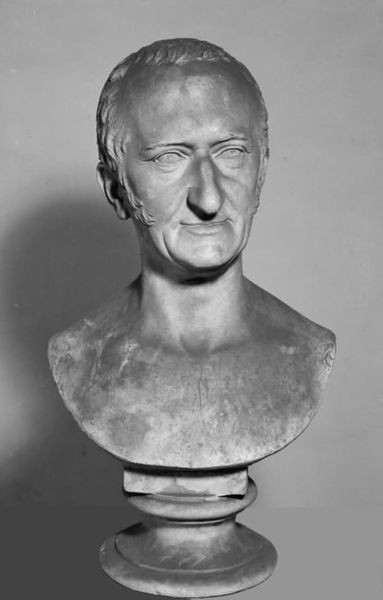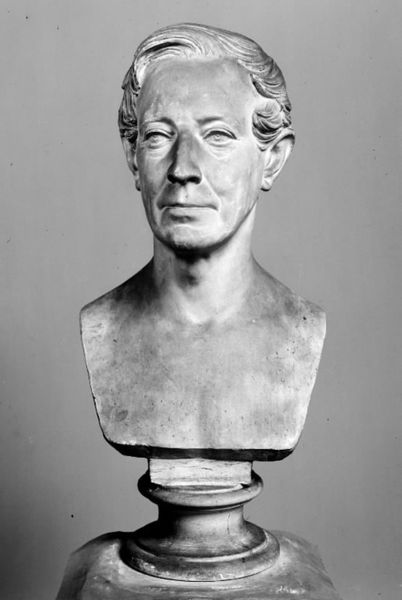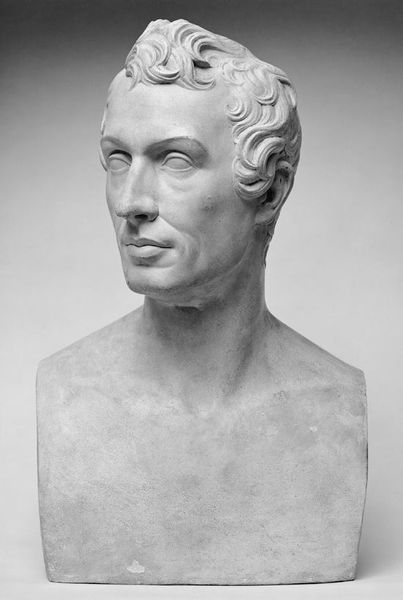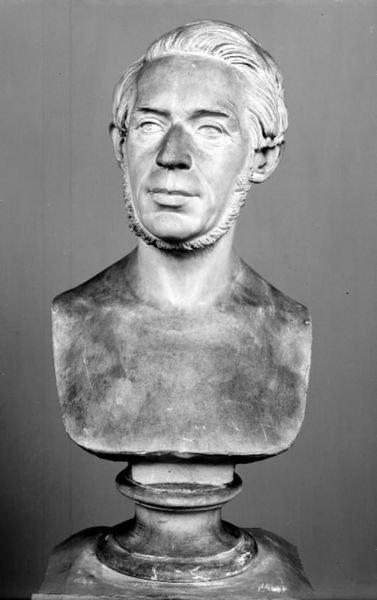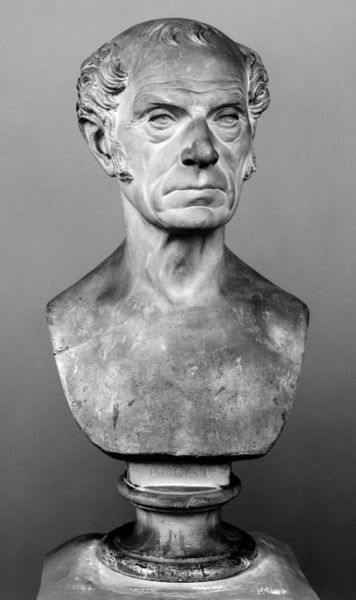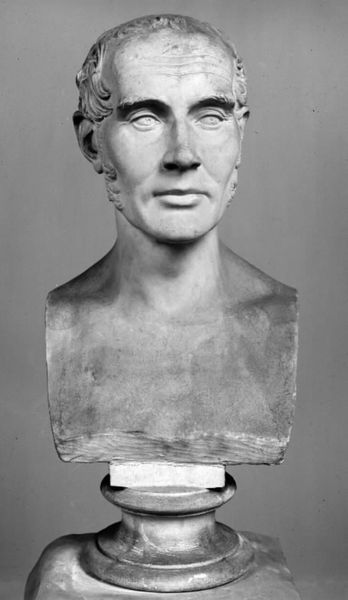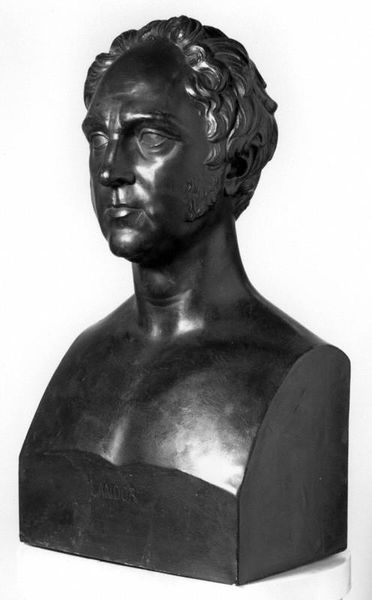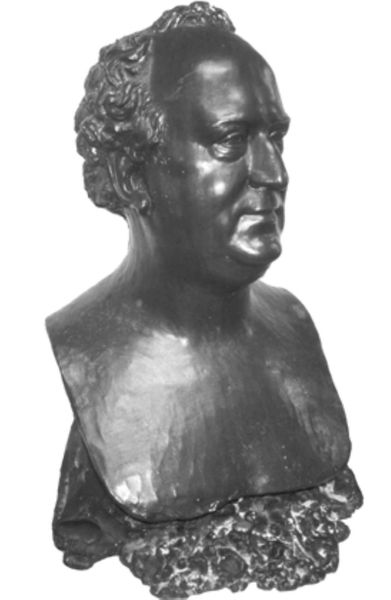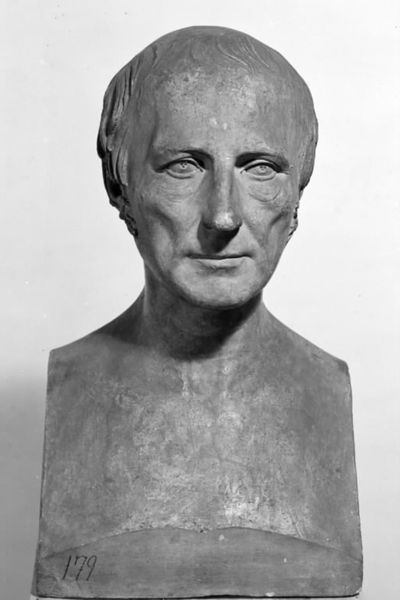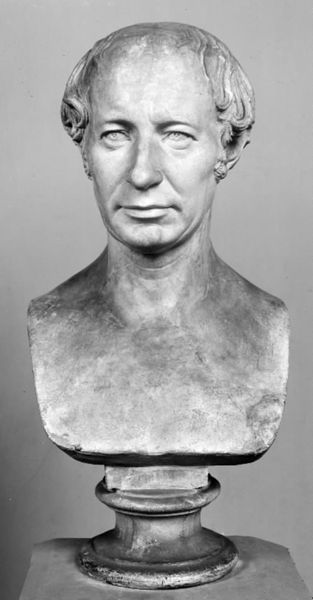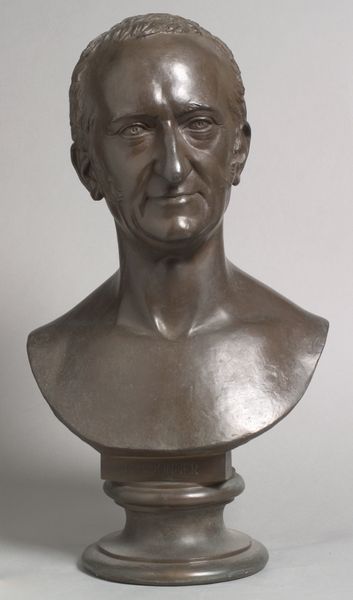
bronze, sculpture
#
portrait
#
head
#
face
#
portrait image
#
neoclassicism
#
portrait
#
close up portrait
#
portrait subject
#
classical-realism
#
bronze
#
male portrait
#
portrait reference
#
portrait head and shoulder
#
sculpture
#
black and white
#
nose
#
facial portrait
#
forehead
#
digital portrait
Copyright: Arno Breker,Fair Use
Curator: Looking at Arno Breker's bronze sculpture, "Werner Eck," crafted in 1978, one is immediately struck by the almost severe expression etched into the subject's face. Editor: It has a solidity that draws me in, a kind of classical restraint, though it appears the surface and patination are complex. How does the material contribute to its presence? Curator: The bronze is fundamental. Breker's process, the casting and finishing, give it an enduring quality, linking it back to ancient portraiture traditions but simultaneously situating it within the social milieu of its time. Portraits immortalize. What narratives of power and authority does this piece reflect? Editor: Absolutely. The choice of bronze is deliberate; it lends an air of permanence, an intended connection with the historical weight of classical sculpture, which we usually see produced under very specific socioeconomic circumstances. Curator: And it’s crucial to recognize Breker's complex role. While undeniably skilled in rendering form, his close ties to the Nazi regime cast a long shadow, and complicates interpretation, prompting us to confront difficult questions about the relationship between art, politics, and morality. Can we separate the artwork from the artist? Editor: You raise a crucial point. Considering that this was produced decades after World War II, and keeping in mind Breker's past associations, do you think that material, bronze, takes on an almost loaded meaning? Does the work engage or deny those complicated aspects of production and dissemination? Curator: The sculpture itself remains mute on this subject, compelling us to actively engage with and investigate that complex context. Is there a subtle message encoded in its stoic presentation? Does its form offer insights into the artist’s motivations or perhaps serve to perpetuate certain values and perspectives? Editor: Ultimately, considering its weighty subject matter, perhaps we are meant to linger with these historical connections while remaining observant to the physical presence and impact of the sculpture itself. Curator: Yes, through the sculpture’s form, the era, and his history, we can have discussions of this artwork beyond the visual. Editor: A potent intersection indeed, pushing us to think critically about history's weight upon objects.
Comments
No comments
Be the first to comment and join the conversation on the ultimate creative platform.
